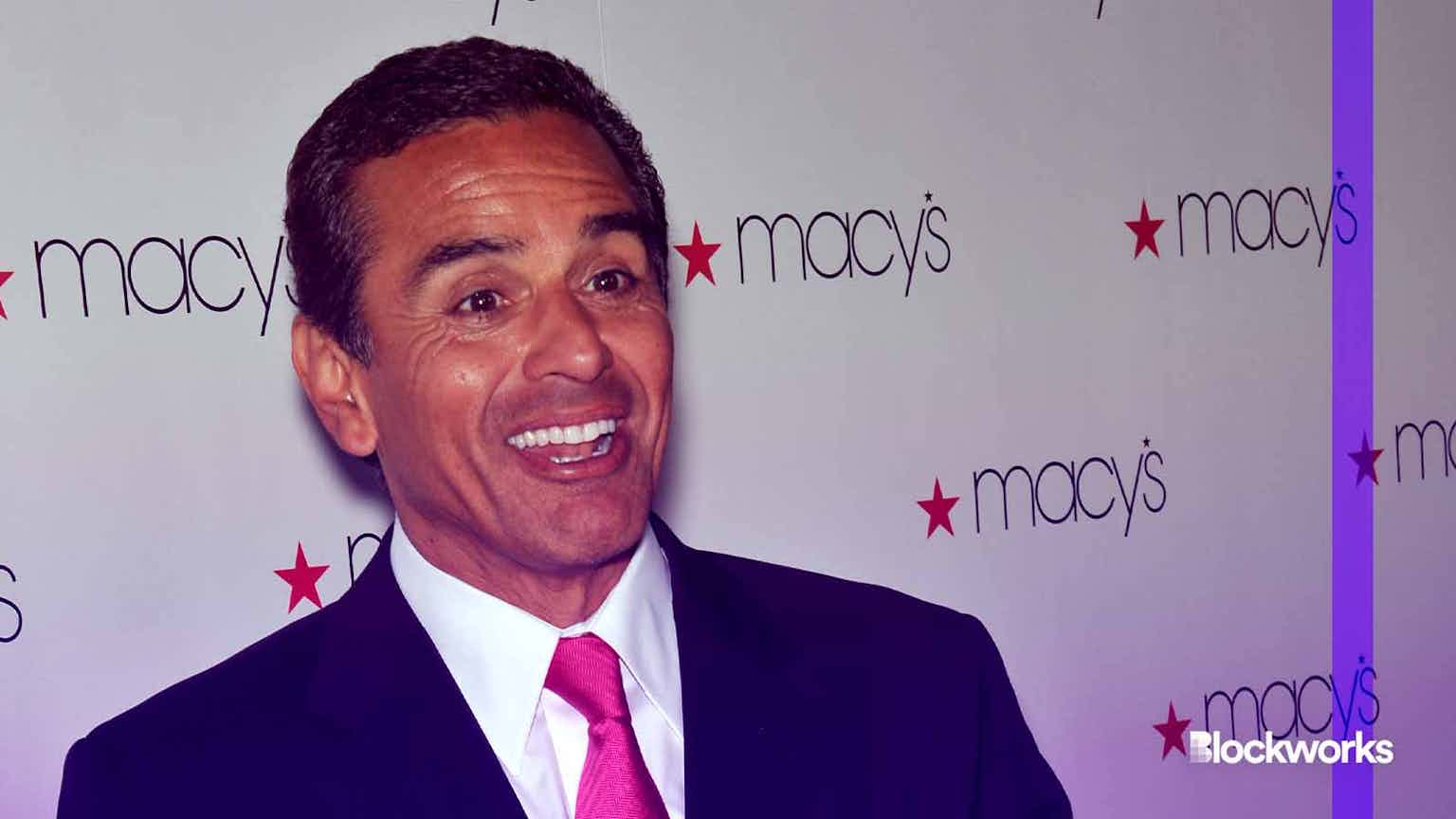NFTs Have Real-world Use Cases. Not All Are Worthwhile.
NFTs have found a useful place in the medical field, doctors say, but questionable ownership of land in the Amazon rainforest raised eyebrows

Amazon River and rainforest in South America | Source: Shutterstock
key takeaways
- Drexel Medical College is using Algorand to store patient medical records as NFTs
- The Nemus NFT project “asked the indigenous people, who can barely read, to sign documents without clarifying the content or providing a copy,” a prosecutor said
Much is made of whether NFTs have real world use cases. But just because a use case exists does not mean it should be used.
While Facebook seeks to bring the digital art application of NFTs (non-fungible tokens) to its users, this week saw two novel NFT use cases make waves — but for contrasting reasons. While NFTs brought patients ownership of their medical records, an Amazon rainforest protection NFT faces questions over how it acquired the land it is selling.
Blockchain healthcare company MaPay and the Drexel University College of Medicine are using the layer-1 blockchain Algorand to store patient medical records as NFTs. Currently, health providers store medical records themselves – leading to costly and slow paper record retrieval and the sale of patients’ medical data.
At a basic level, NFTs store and denote ownership of digital items without third parties. Putting healthcare data on the blockchain gives patients ownership of their records — so the pitch goes — and makes retrieval more efficient.
Charles Cairns, vice president of Drexel’s medical school, believes the medical industry’s future lies in blockchain technology.
“This initiative will be transformational particularly in underserved areas. It is not a question of should this be done. It is an answer that it must be done for the future in medicine,” Cairns said following the partnership announcement.
Nemus and its ‘non-fungible territory’
Nemus, an NFT mint tied to Amazon rainforest conservation, is in hot water after a Brazilian prosecutor announced an investigation into the company’s ownership of Amazon land.
Nemus’ CEO Flavio De Meira Penna has multiple entrepreneurial ventures focused on rainforest preservation in Brazil. Nemus claims to own 100,000 acres of Amazon rainforest and hopes to purchase more with funds from its NFT sales. The company did not respond to requests for verification that it owns the land.
Users can purchase NFTs representing plots of land on a map with the understanding that Nemus will protect the land and its indigenous residents.
Nemus is clear that users do not own the physical land due to the constraints of Brazilian law, saying the company holds onto the land instead. But even that much ownership may be wishful thinking.
Prosecutors from the Brazilian Federal Public Ministry announced last week Nemus has fifteen days to prove its ownership of the land after Indigenous residents complained of being hoodwinked into selling land to the NFT project.
“The company delivered a sign to the villages, written in English, and asked the Indigenous people, who can barely read, to sign documents without clarifying the content or providing a copy,” the prosecutor’s office wrote.
Nemus and Drexel Medical College indicate an emerging frontier in discourse surrounding NFT use cases. Sean Stein Smith, an assistant professor at Lehman College who writes about the digital assets, believes debates about the usefulness of NFT technology are already played out.
“On the point of trying to wait for the ‘real-world applications’ of NFTs — those applications are here,” Smith said. “‘Are they creating benefits from an economic and broader societal point of view?’ is ultimately how any project should be judged.”
Nemus did not respond to a request for comment.
Start your day with top crypto insights from David Canellis and Katherine Ross. Subscribe to the Empire newsletter.





